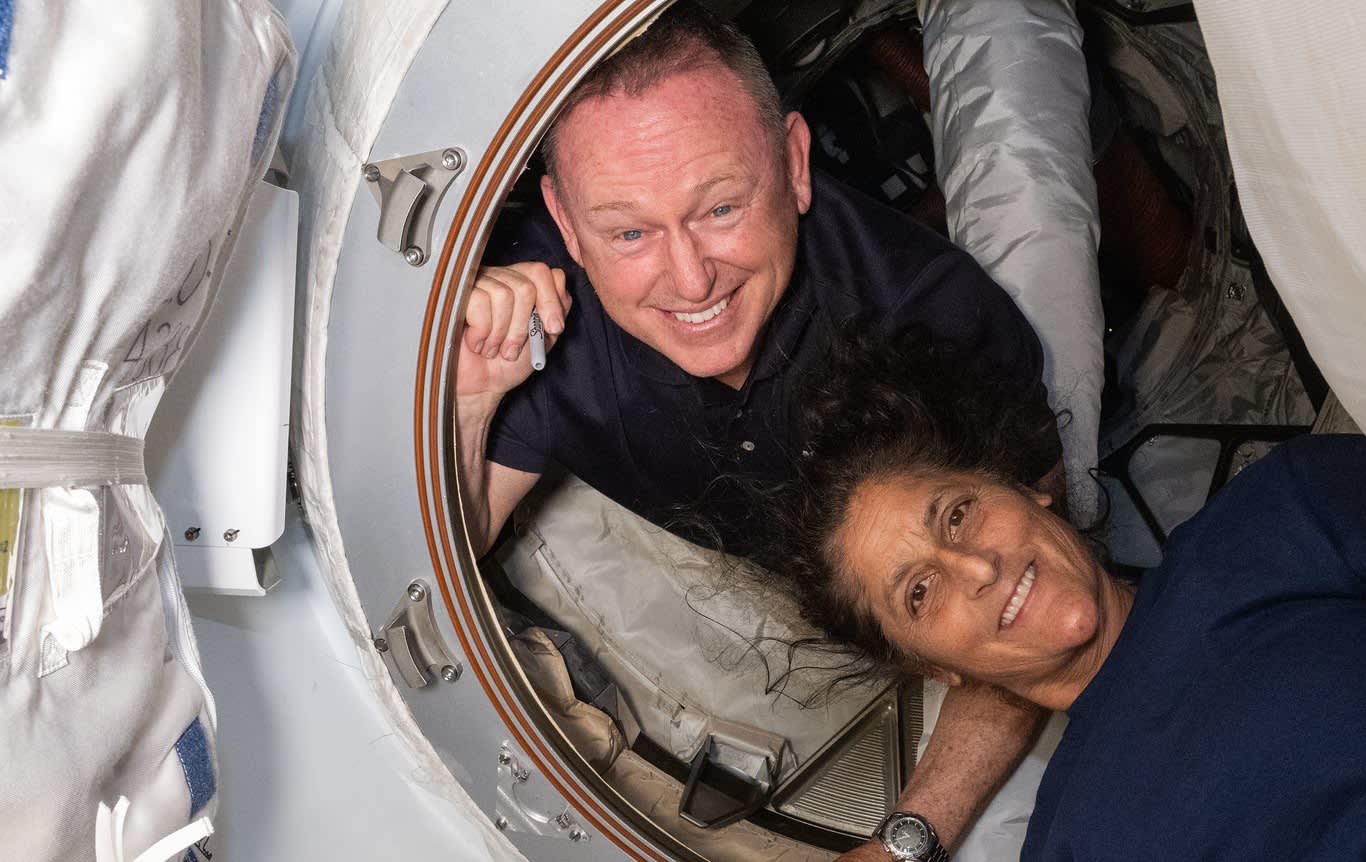Boeing's Starliner is currently grounded, causing NASA astronauts to wait for a return mission.

- The Starliner capsule "Calypso" from Boeing has been in space for 71 days and counting, while the company and NASA are still trying to determine the cause of the multiple thruster failures that occurred during docking.
- The International Space Station is currently in a state of uncertainty as NASA astronauts Butch Wilmore and Suni Williams await a decision from the agency, which is expected to be made in the last week of August.
- By Aug. 23, a final round of data analysis is anticipated to be finished, as stated by Ken Bowersox, NASA associate administrator.
Log entry: Day 71.
NASA leaders and engineers are gathering, analyzing, and deliberating while Butch Wilmore and Suni Williams wait.
The Starliner capsule "Calypso" from Boeing has been at the International Space Station since early June, and its mission has been extended indefinitely as the company and NASA work to determine the cause of the thruster failures that occurred during docking.
The thrusters, which are part of the spacecraft's propulsion system, are crucial for Starliner's return from the ISS. However, NASA is uncertain about the safety of the capsule to return with the two astronauts on board.
The successful execution of a deorbit burn is our primary concern, as we closely monitor the thruster jets and consider the intricacies of the larger thrusters to ensure the propulsion system functions flawlessly throughout the burn, as stated by NASA Associate Administrator Ken Bowersox during a press conference on Wednesday.
NASA must decide soon whether to return the Starliner crewed or empty, or further delay its plans. If the Starliner returns empty, SpaceX would serve as the rescue option for returning Wilmore and Williams.
NASA will conduct a Flight Readiness Review after the final round of data analysis is completed by Aug. 23, which will determine how Starliner returns.
NASA will ultimately decide whether Boeing's Starliner is safe, with Administrator Bill Nelson having the final say, despite Boeing's public appeals about the extensive thruster testing that has been conducted.
The Starliner crew flight test, originally planned for nine days, was intended to be a final step for Boeing and a valuable asset for NASA. NASA aimed to achieve its goal of having two companies, Boeing and SpaceX, take turns sending missions to the ISS.
The flight test is delaying Boeing's progress in NASA's Commercial Crew program and, with over $1.5 billion in losses, is endangering the company's future participation in the program.
NASA's spaceflight safety office head, Russ DeLoach, emphasized that Wilmore and Williams will perform their duties as astronauts, relying on the agency's decision-making process.
NASA's astronaut office leader, Joe Acaba, reiterated that the pair are test pilots who purposely and knowingly assume risk.
Acaba acknowledged that this mission was a test flight and that Butch and Suni had anticipated that it might not be flawless. Human space travel carries inherent risks, and as astronauts, they understand and accept this as part of their job.
Starliner was named "Calypso" by Williams, who honored Jacques Cousteau's research ship of the same name.
Boeing's spacecraft resembles its namesake, a damaged ship with an uncertain repair timeline, as well as its namesake's namesake, who imprisoned Odysseus for seven years against his will.

Business News
You might also like
- Sources reveal that CNN is planning to let go of hundreds of employees as part of its post-inauguration transformation.
- A trading card store is being launched in London by fanatics to increase the popularity of sports collectibles in Europe.
- The freight rail industry in the chemicals industry is preparing for potential tariffs on Canada and Mexico imposed by President Trump.
- Stellantis chairman outlines planned U.S. investments for Jeep, Ram to Trump.
- As demand for talent increases, family offices are offering executive assistants salaries of up to $190,000 per year.



















